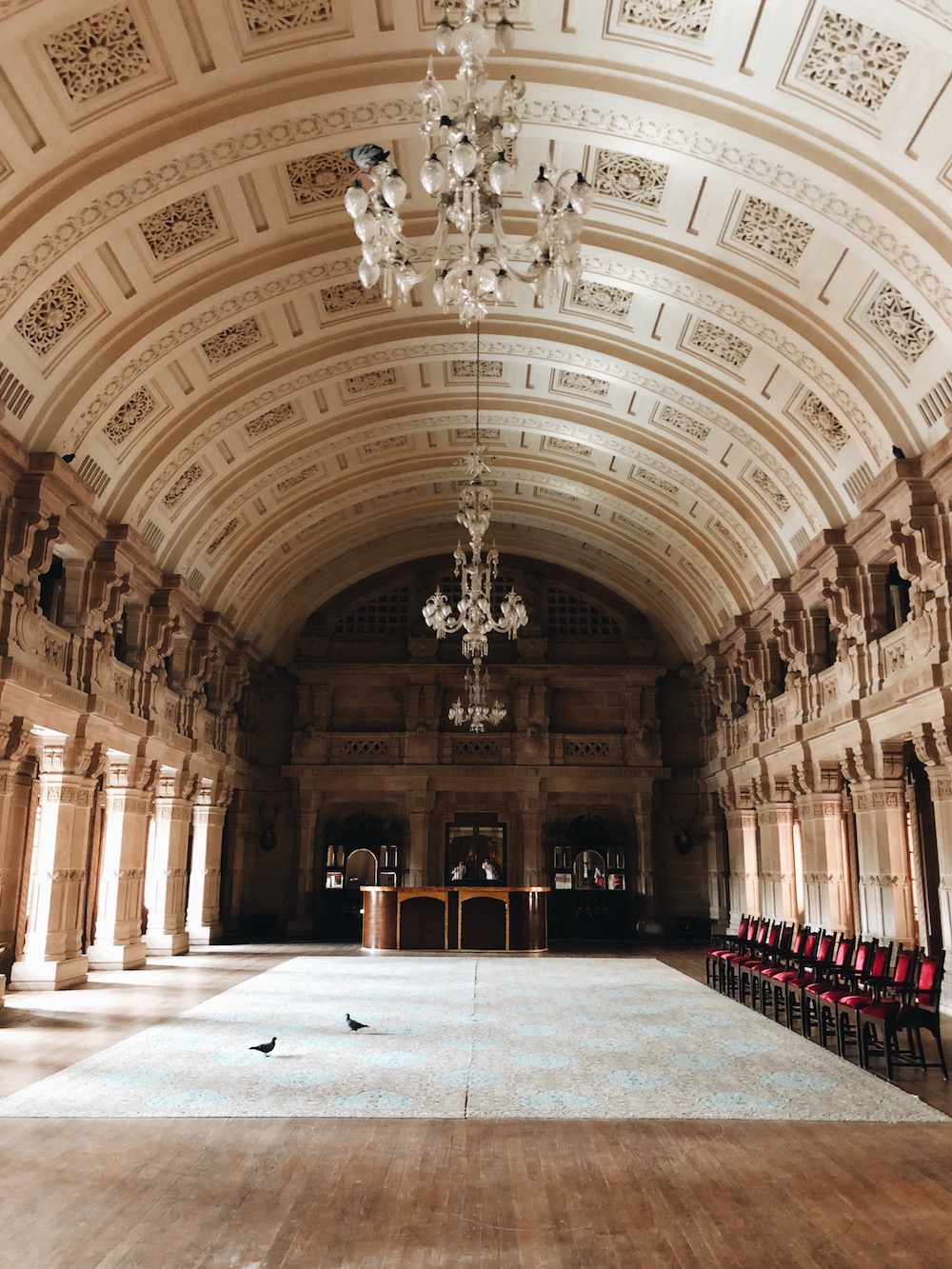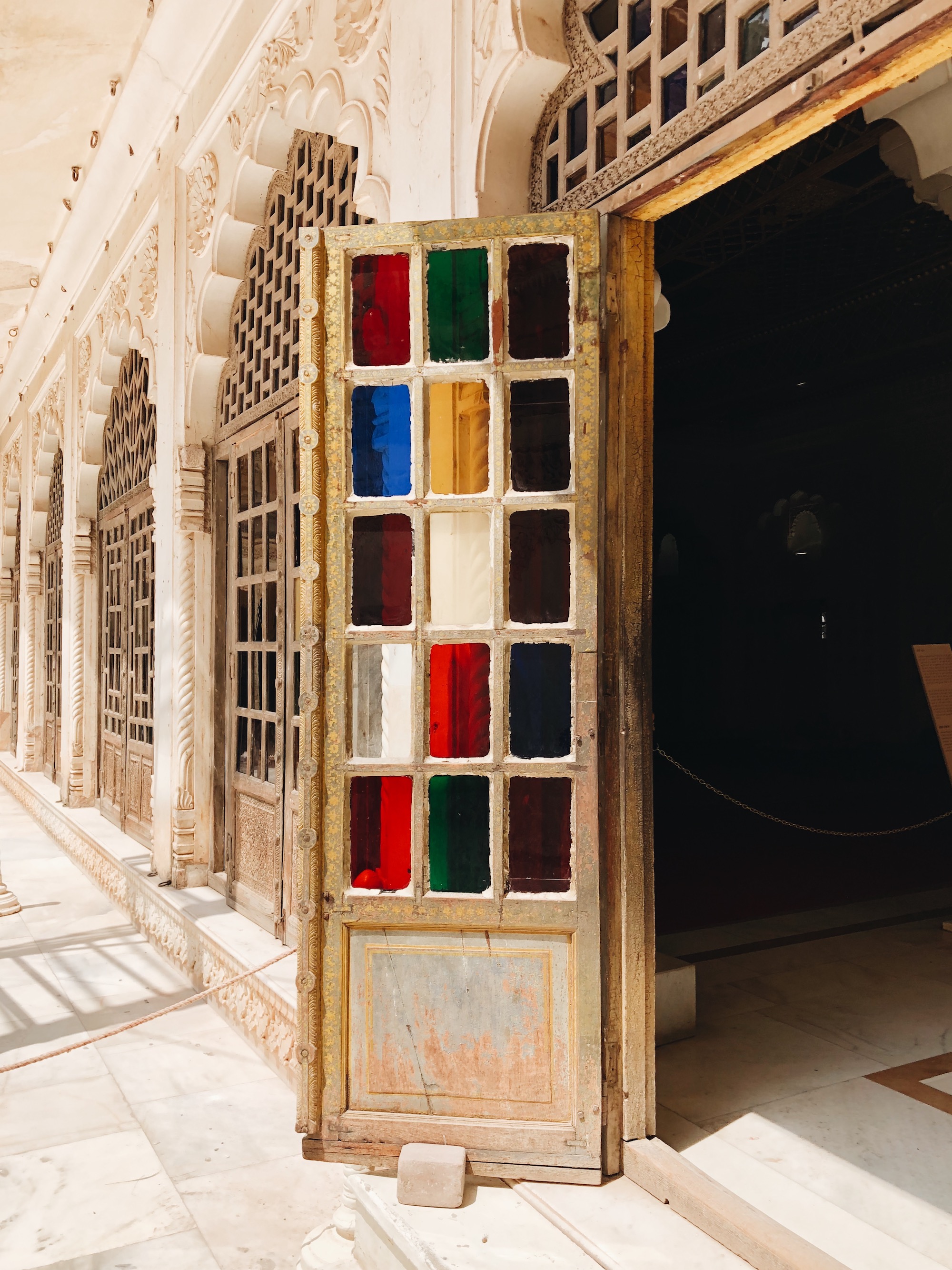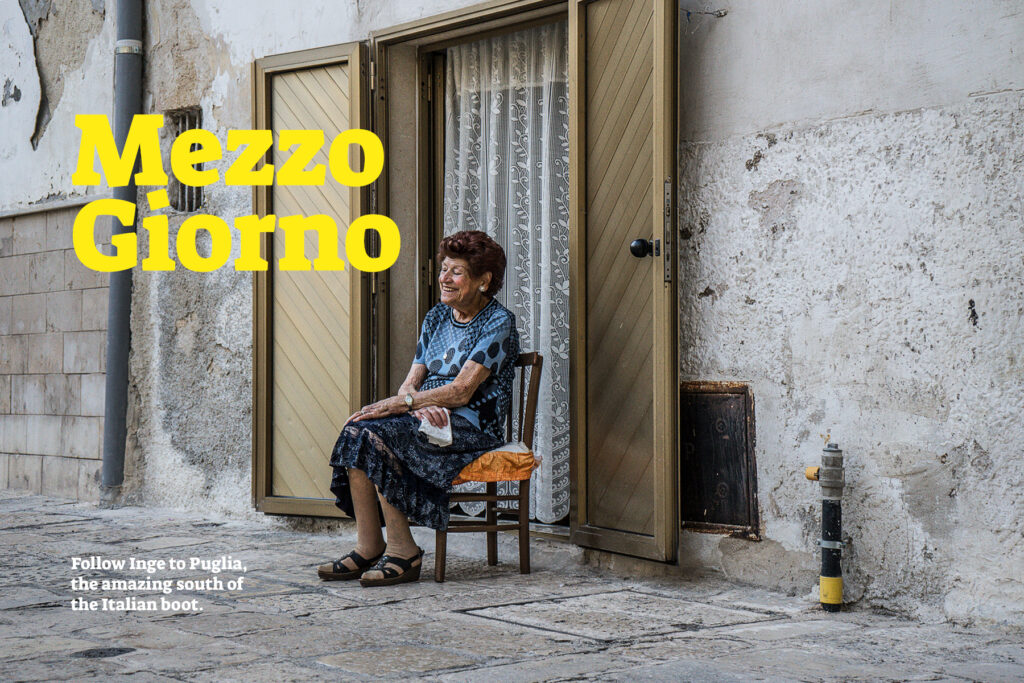To the south of the state of Rajasthan, India, lies Jodhpur. The fact of Jodhpur’s being outside India’s ‘Golden Triangle’ is apparent on first arriving at its railway station on a hot morning in June. It is an altogether calmer experience, when compared to its admittedly larger rivals of Jaipur or Delhi.
This is the blue city. The Brahmins, to set themselves apart as the highest caste, painted their houses indigo and this, over time, was adopted by the city’s inhabitants en masse.The blue of the old city, less perceptible perhaps as the city has expanded beyond its original walls, is in juxtaposition with the arid browns of the Great Thar Desert that surrounds it. This is the historic kingdom of Marwar: the land of death.
The Brahmin-blue houses are clustered around Mehrangarh Fort, which was built on a rocky hill some 410 feet over the city. Rudyard Kipling said that the Fort was “the work of angels and giants” and it remains a dominant feature of the landscape. From afar it appears organic, hewn from the rock and indivisible from the hill upon which it was built. Whilst the builders of this fortress were mere men, it is nonetheless an ethereal sight. This feyness goes right back to the time of the Fort being built in the fifteenth century. Before the strategic position of that rocky hill was taken advantage of, it was occupied by an ascetic hermit, a holy man, who was forcibly evicted so that works might proceed. Having been displaced, he cursed the place to suffer from drought. And so the story goes that Rajaram Meghwal, a humble skinner, came to be buried alive within the foundations so that the gods might be appeased. By all accounts this is not apocryphal; this is, after all, Marwar: the land of death.
Although the Fort’s walls might appear hostile, which they were, having been besieged but never breached, what is within tells of how warriors became princes and chieftains became kings. The walls served their defensive purpose and the royal inhabitants, in time, required surroundings befitting of their status. There are several palaces, mirrored rooms, stained glass, intricate carvings, all a far cry from those sun-scorched sandstone walls.
Close to the fortress of Mehrangarh is the Jaswant Thada cenotaph, the cremation ground for the royal family. By contrast to the forbidding walls of the Fort, this monument is of intricately carved white marble, built in 1899 by Maharajah Sardar Singh in honour of his father. One cannot help remember, chillingly, the Sati handprints, those of the royal wives, displayed at the Lorha Gate within the Fort. In their wedding finery, the royal ladies left their mark before immolating themselves on their husband’s funeral pyre. As late as 1724, six wives and fifty-eight concubines did so following the death of Maharaja Ajit Singh. This is Marwar: the land of death.
Despite the sacrifice at Mehrangarh, the region continued to suffer drought.A period of famine in the 1920s caused Maharajah Umaid Singh to commission a new palace thereby generating work for the city’s population in its construction. Henry Vaughan Lanchester, a contemporary of Lutyens and the man who designed Hackney’s Town Hall, was retained as the architect and, in a Beaux-Arts style, inspired by both Angkor Wat and the Art Deco fashions of the day, he built a colossus. Umaid Bhawan Palace is India’s answer to Biltmore or Wentworth Woodhouse.
Umaid Singh died in 1947, not long after completion of his Palace, in 1943, and shortly before India became a republic; his own son was killed in a plane crash in 1952. The current owner, Maharajah Gaj Singh II, grandson of the eponymous builder, converted a substantial portion of the palace into a hotel in 1971; today, the erstwhile royal family is confined one wing. The scale of the Palace, from its barrelled-ceiling state rooms to its central rotunda, is vast. One cannot help think what a difference this all must have seemed, both to inhabitants and onlookers, to the Fort at Mehrangarh.
Whilst Jodhpur might not have the Taj Mahal or Jaipur’s iconic Hawa Mahal, its sights and mysteries are gifts to the traveler venturing to the Blue City.

















